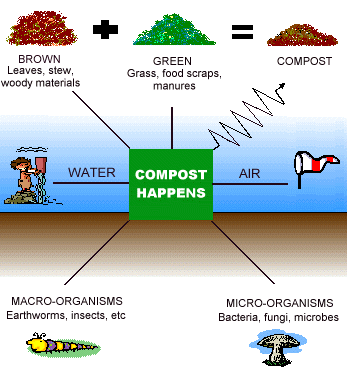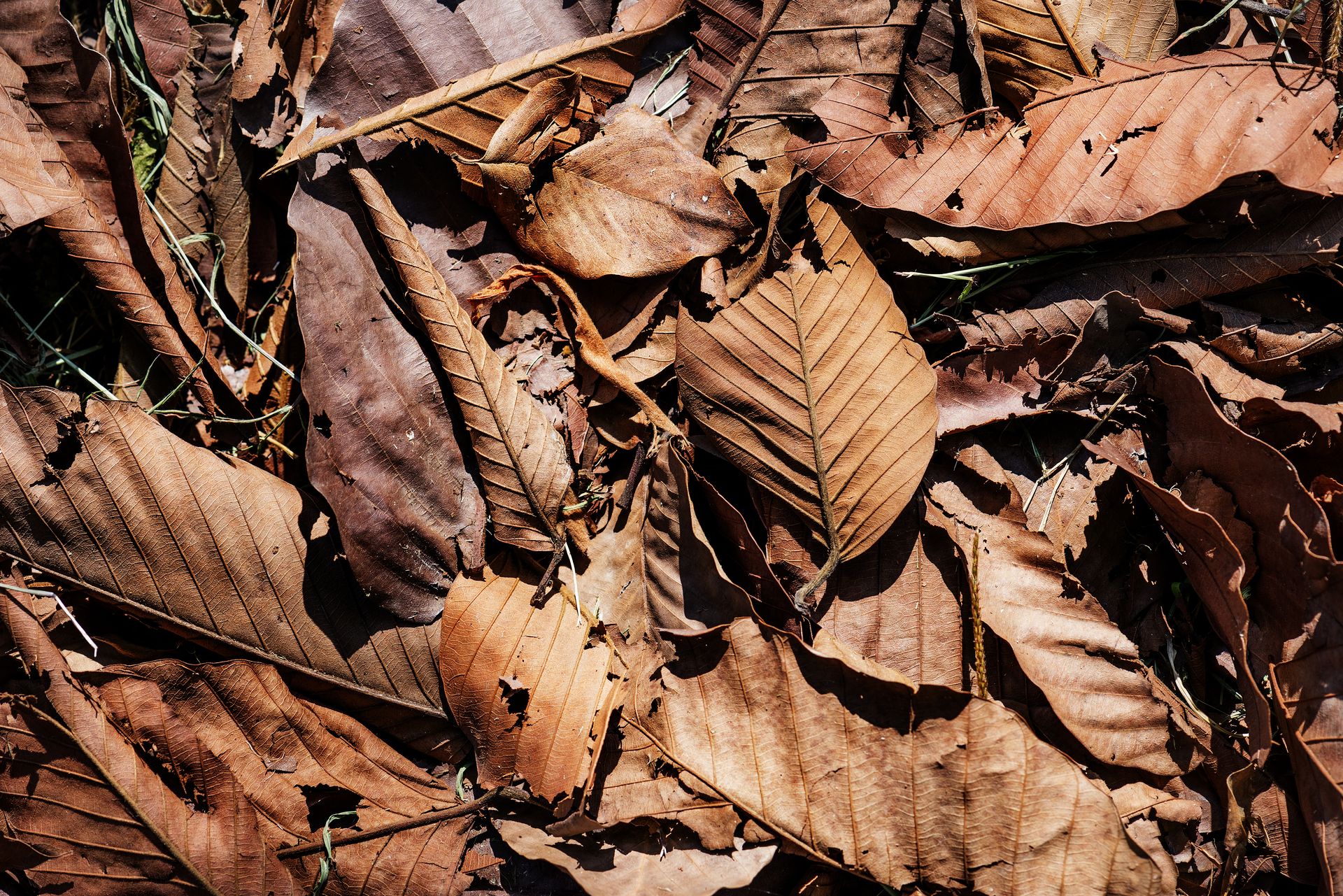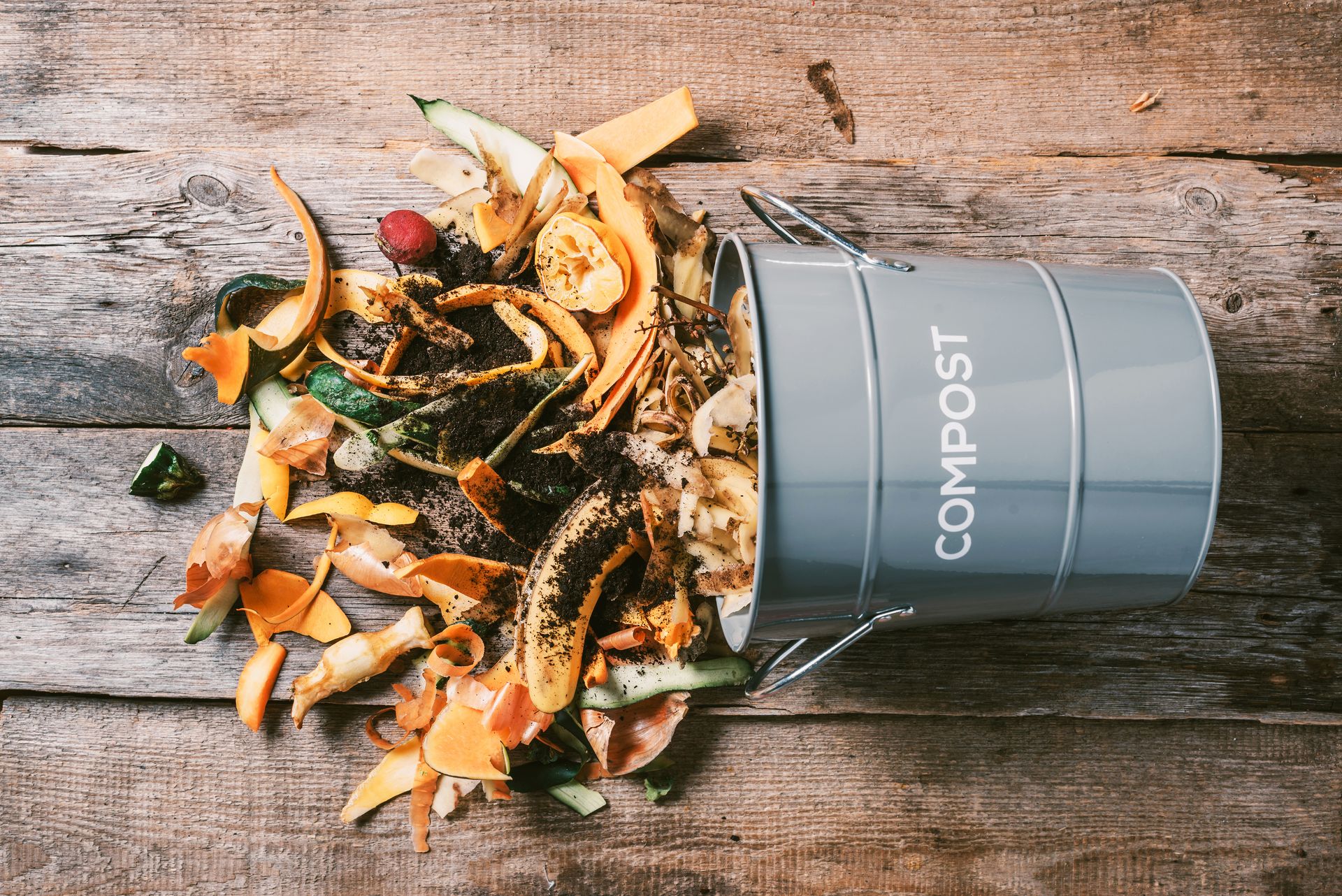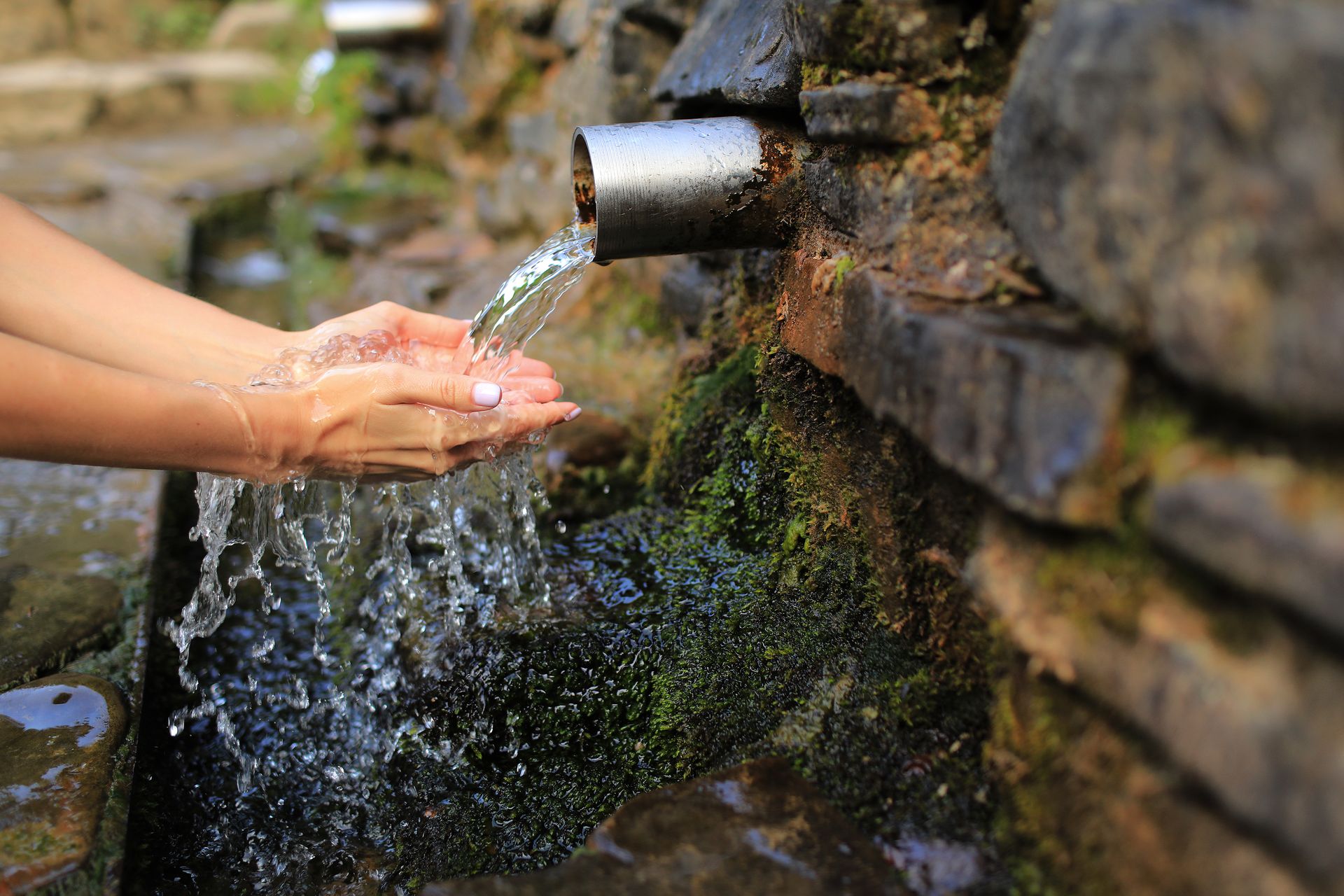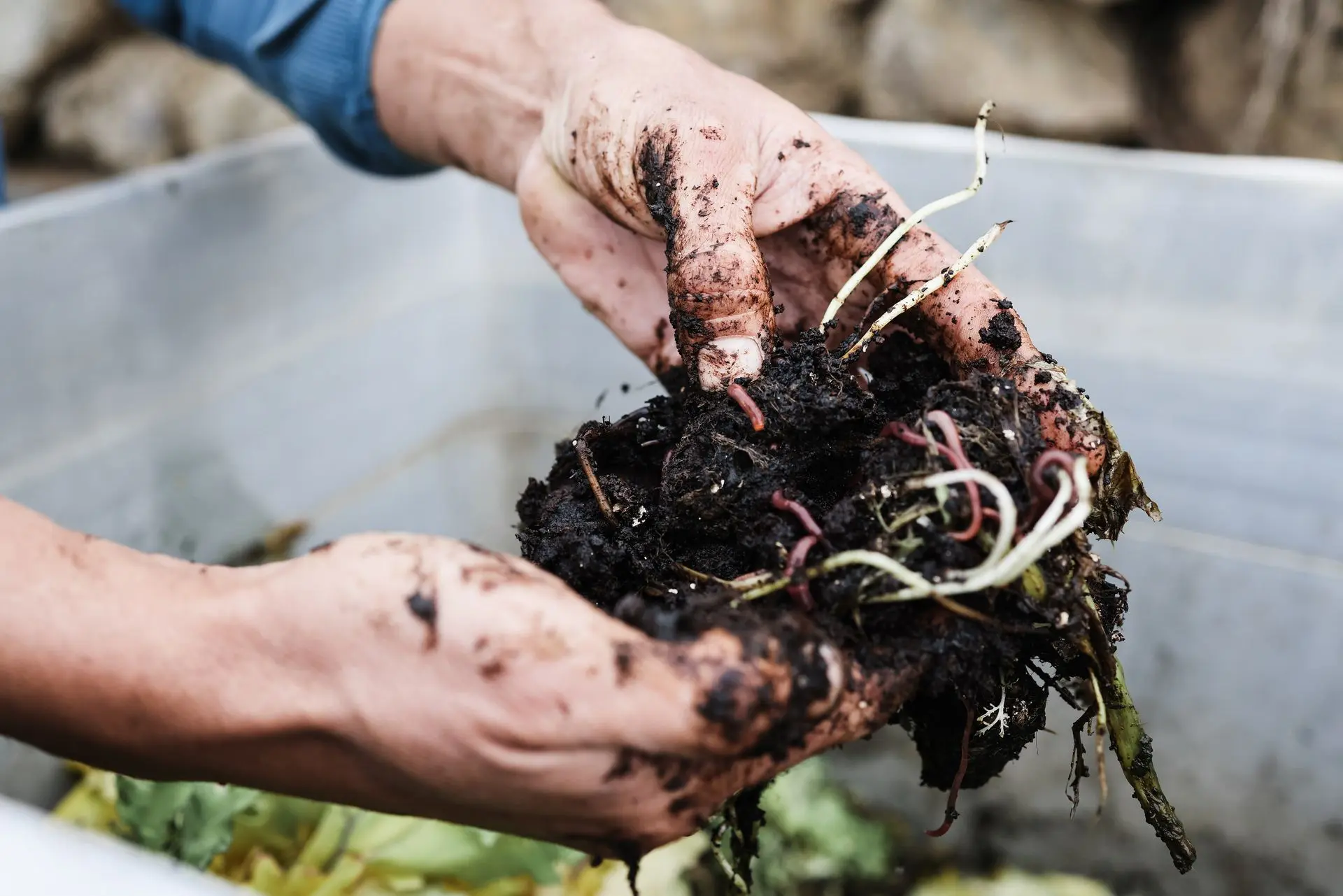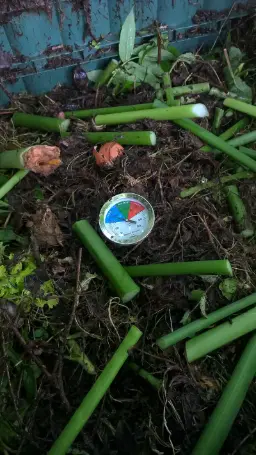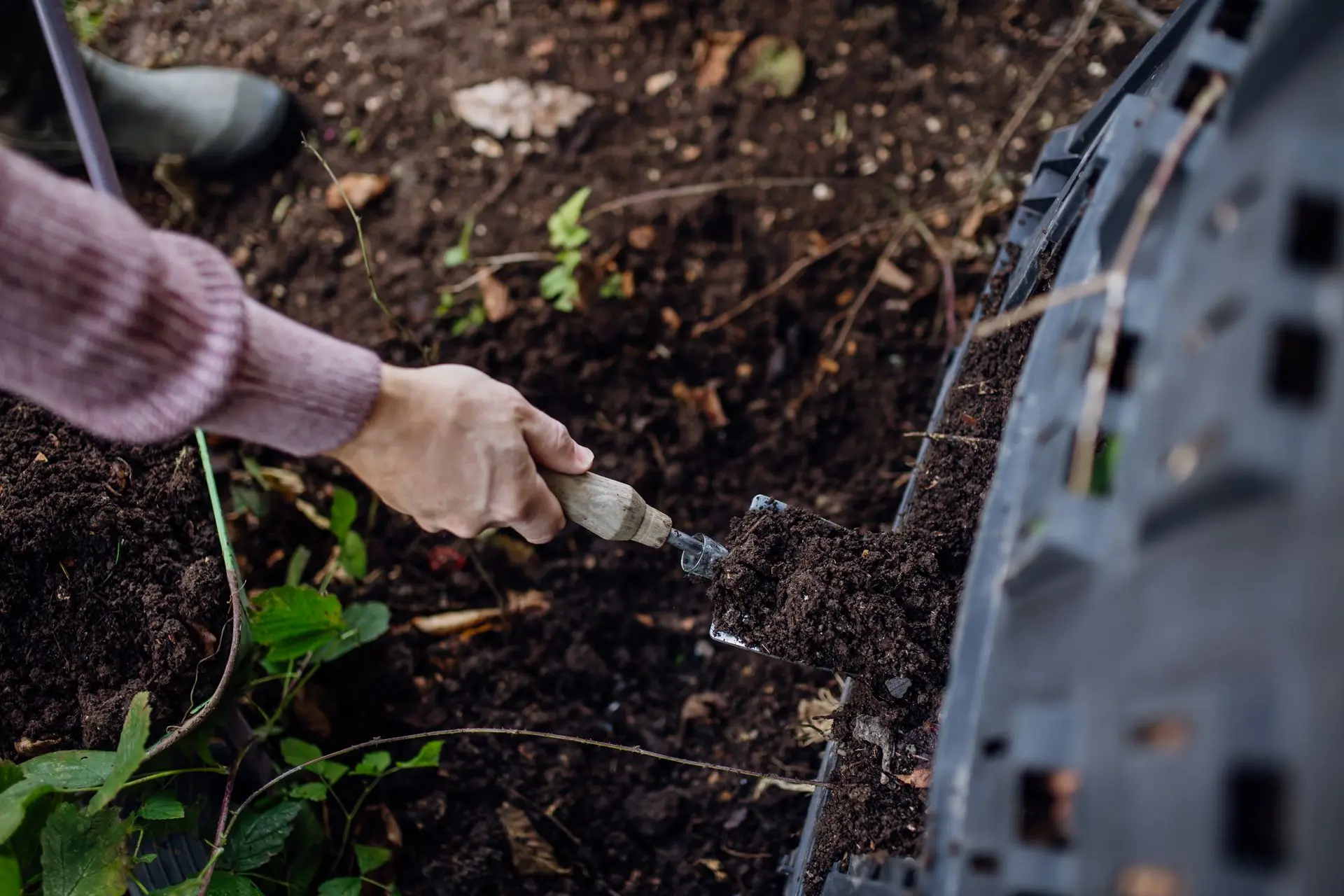
How to Compost in Three Simple Steps
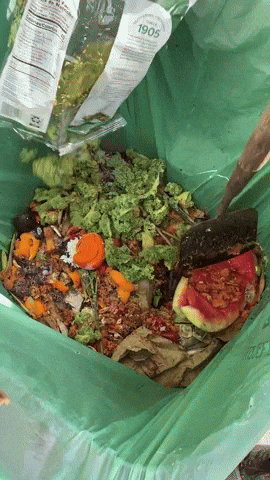
1. Add Organic Waste
Start by collecting biodegradable materials such as fruit and vegetable peels, coffee grounds, eggshells, and garden clippings. Avoid adding meat, dairy, or oily foods, as they can attract pests and slow down decomposition. For best results, maintain a balance of greens (nitrogen-rich materials like food scraps) and browns (carbon-rich materials like dry leaves and cardboard) to create an ideal environment for microorganisms.
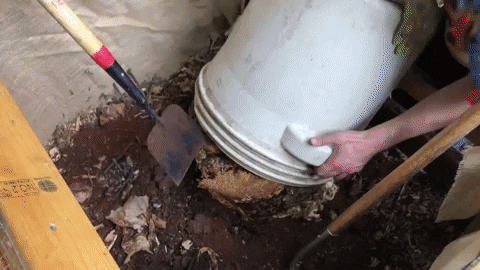
2. Wait and Let Nature Work
Once your compost pile is set up, microorganisms, fungi, and small decomposers like earthworms begin breaking down the organic matter. This process generates heat and transforms waste into nutrient-rich compost. To speed up decomposition, aerate the pile by turning it every few days and ensure it remains moist but not soggy.
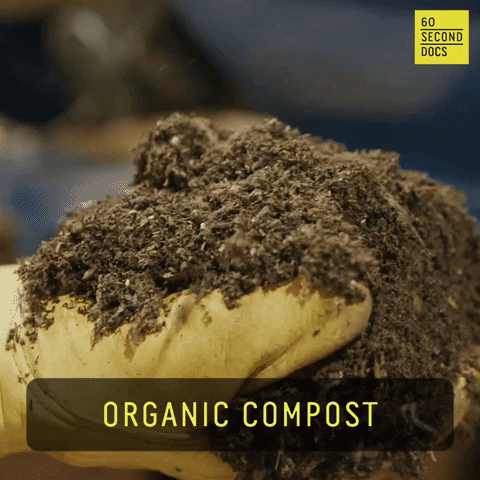
3. Harvest Your Finished Compost
After a few weeks to several months, depending on the composting method, your organic waste will transform into dark, crumbly, earthy-smelling compost. This nutrient-dense soil amendment is perfect for enriching garden beds, potted plants, and agricultural fields. Simply collect the finished compost and apply it to your soil for healthier plants and a greener environment.
The Essential Ingredients for Successful Composting
Carbon-Rich Materials (“Browns”)
These materials provide energy for microorganisms and help maintain proper structure for aeration.
Nitrogen-Rich Materials (“Greens”)
These components supply essential proteins for microbes, accelerating decomposition.
Water (Moisture) & Air (Oxygen)
Microorganisms need the right balance of moisture and oxygen to break down materials efficiently. Keeping the compost pile damp but not soggy, and regularly aerating it, ensures a fast and odor-free decomposition process.
Microorganism
Microorganisms are the unseen workers of composting, breaking down organic matter into nutrient-rich soil.
How Do I Know When My Compost is Ready to Use?
When the process is complete, beneficial microorganisms transform organic waste into nutrient-rich compost, perfect for enhancing soil health.
Signs That Your Compost is Ready:
- Dark and Crumbly Texture – The compost should resemble rich, dark soil with a loose, crumbly
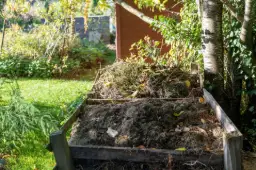
- Earthy Smell – A finished compost pile emits a fresh, earthy scent, similar to a forest floor. If it smells rotten, it needs more time.
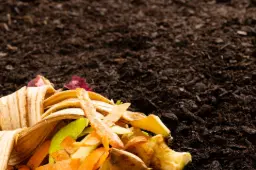
- Reduced Volume – The pile should shrink to about half its original size as materials decompose.
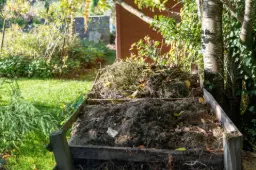
- Cool Temperature – A mature compost pile no longer generates heat, indicating that decomposition is complete.
